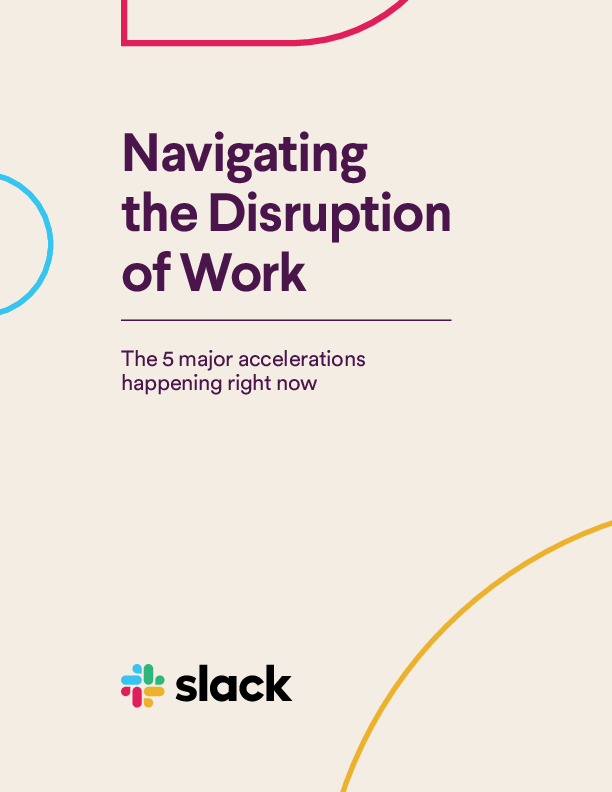Navigating the Disruption of Work - The 5 major Accelerations Happening Right Now
One of the many shocking things about a pandemic is how quickly the unimaginable becomes the inevitable.
In less than 72 hours, even the world’s most traditional companies transitioned from office-based to working from home. Everyone could see that the word “work” was about to be redefined.
The transition was head-spinning. In those first hours, days and weeks, companies across every industry stepped through what looked like a playbook (if only a pandemic playbook existed).
They moved, in sequence, from “keeping the lights on” to imagining whole new business models in a high-speed scramble. Businesses re-evaluated their hierarchy of needs, establishing the basics first, much like they were running up Maslow’s psychological needs pyramid
And as they did, the changes were so fundamental to how their teams operated, any notion of reverting back to normal quickly fell away.

